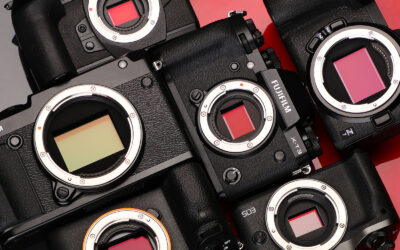In the workshops I teach, I almost always get asked when using a black and white image to anchor a concept, what makes a good black and white image?
That’s a good question. Why do we love black and white and why are we drawn to it? Outside of nostalgia, we haven’t migrated back to black and white movies or TV. One of the main reasons we are drawn to black and white, sepia or duotone images is we don’t see the world around us that way. Anytime you present something in a way we are not accustomed to seeing it immediately becomes more interesting to us.
Shooting great black and white shots can be tricky. Perhaps the trickiest part is knowing whether a shot will convert well to black and white.
If you are like me, sometimes you convert a shot that you think would be great in black and white, only to be entirely disappointed.
The thing is, whether you are converting an existing shot, or shooting a new one, black and white has some very specific requirement to work well.
Let’s look at the most important criteria:
1. Scenes With Good Tonal Contrast
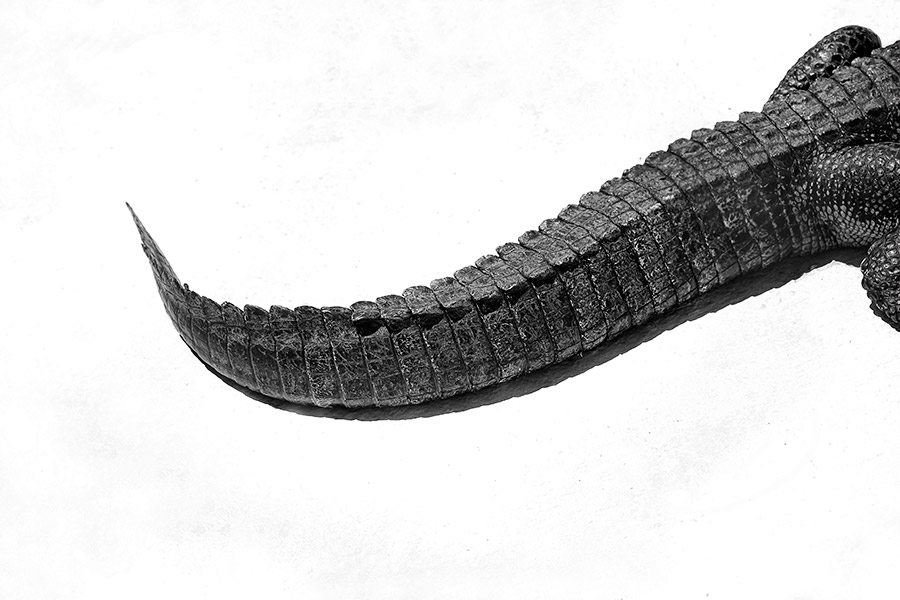
By that, we mean a range of tones from solid black through to pure white with several distinct mid-tones in the middle.
The best black and white images work when different tones are on different layers through the image. For example, the pure black may be just in the background, while the subject is composed of a series of lighter tones. Those lighter tones separate the subject from the background, giving depth, while the variation in the lighter tones provides us with texture.
Combing that depth and texture well can give us an almost three-dimensional look to our black and white photos.
2. Scenes With Contrasting Primary Color
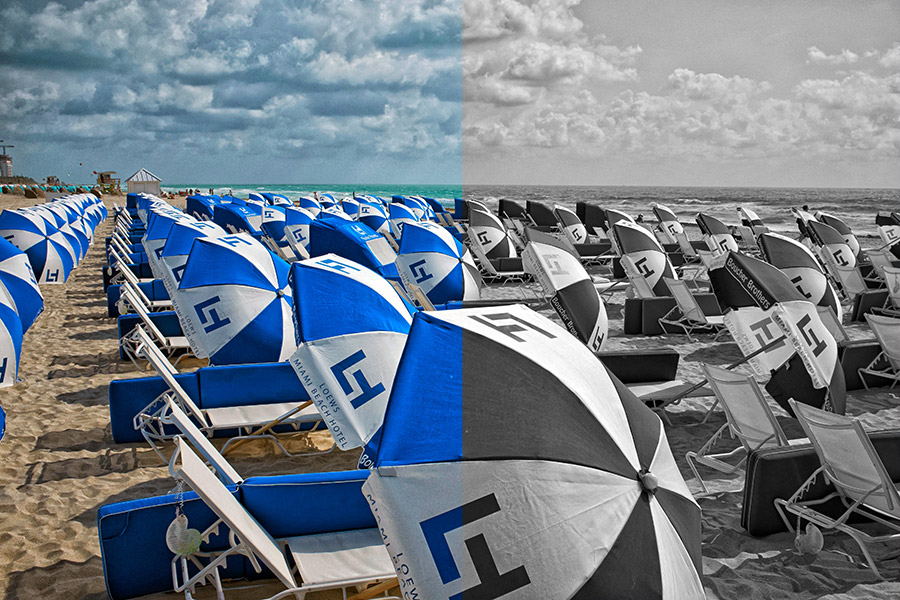
It’s odd to suggest color is really important in black and white, but it is. Just as tonal contrast can give us depth, so can color contrast. It also helps separate compositional elements within a scene.
The primary color are the best to work within black and white, but other colors work well too depending on the scene.
Another reason for looking for these primaries is how we work in post-production. Editing software will work predominately with primary colors.
3. Strong Directional Light
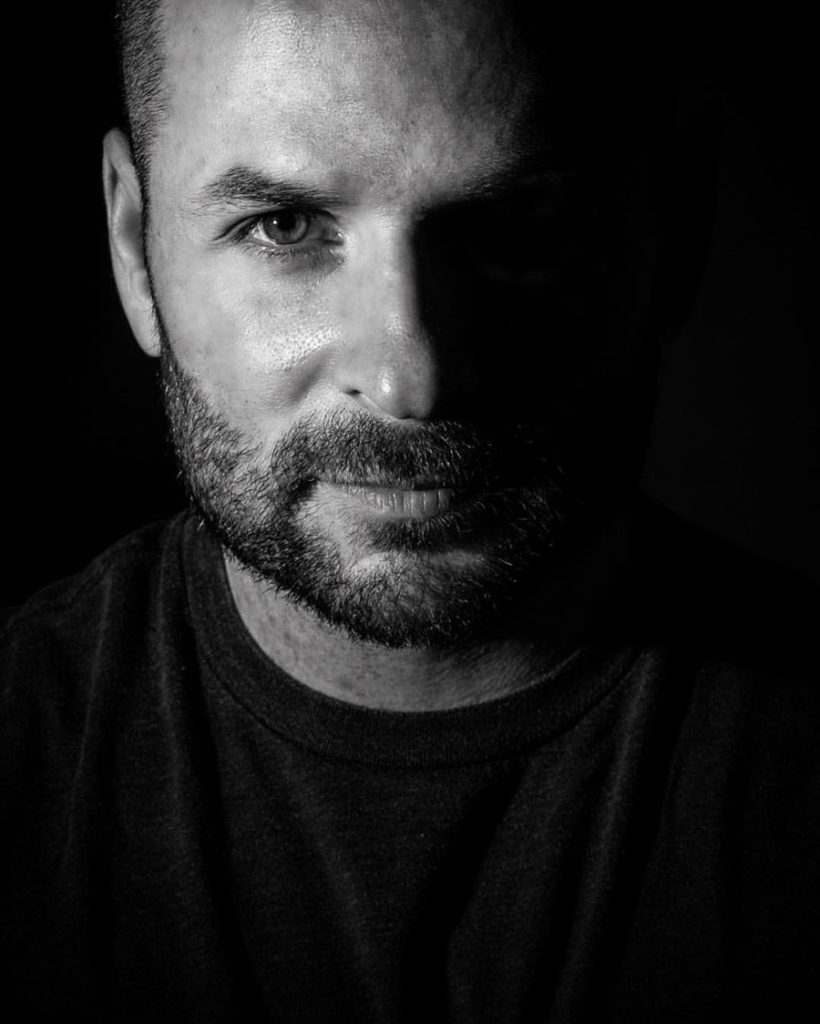
Light is paramount to most images, but black and white images can benefit from strong directional light in particular. This could be sunshine, flash or continuous light or reflected. By having an omnidirectional light source, we can cast shadows over our subject and background. This, in turn, creates a feeling of depth, similar to the use of good tonal contrast.
There needs to be some subtlety to the light. Too hard or harsh and those shadows will go black, revealing no details. A good directional light will cast strong shadows that can still exhibit texture and detail in a good exposure.
Strong directional outdoor light is a particular weapon in architecture and cityscapes. The geometry of modern life can create amazing shadows and textures on lots of subjects.
4. Textures
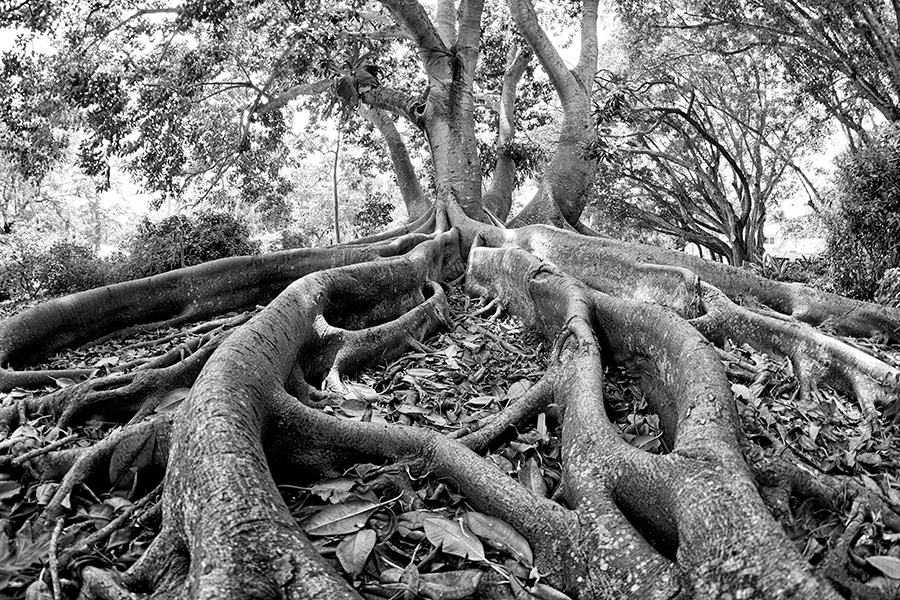
Texture is another element that can make for a fantastic black and white image. Leading on from above, strong directional light passing at a deep angle over a textured surface can give us very compelling monochromatic images.
Textures are all around us, from the rust on an abandoned car to the knurls and swirls of the bark of a tree. These textures can make an interesting abstract subject on their own or be used as a compositional element to highlight a different subject. Low, strong but not harsh light from one direction will also be your friend here.
5. Geometry
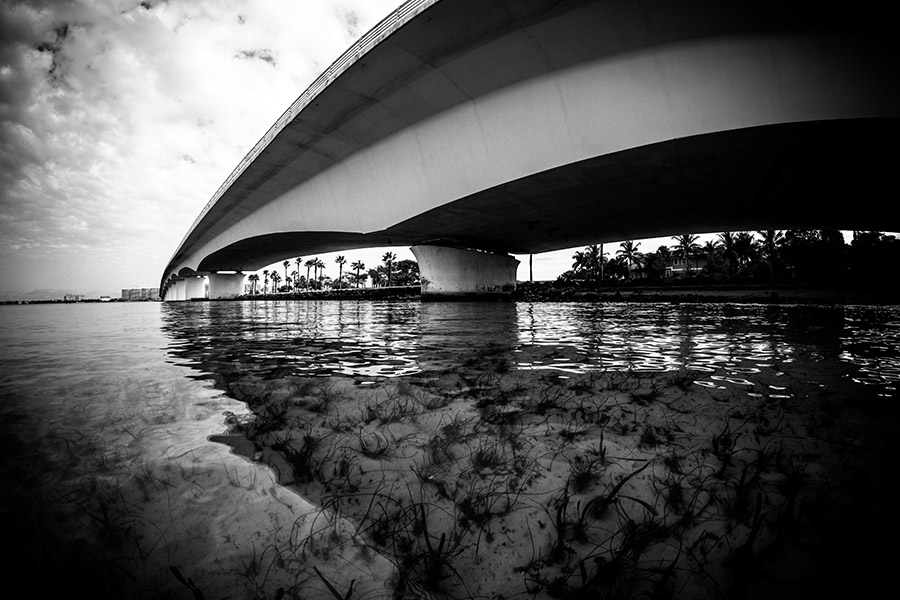
Geometry is all around us but occurs more in human-made subjects than in nature. It can be as simple as the hard intersections of brutalist architecture to the subtle curves of a bridge or road.
The shapes formed in geometry give rise to light and shade. When we combine that with low directional light, those shapes cast shadows on themselves and create the perfect feel for black and white architectural shots. Move close, and the architecture can become abstract.
Geometry is one genre where even harsh light can work in black and white. So long as the lighter areas have texture and detail, the shadows can be pure black and the shot will still work.
Putting it all together
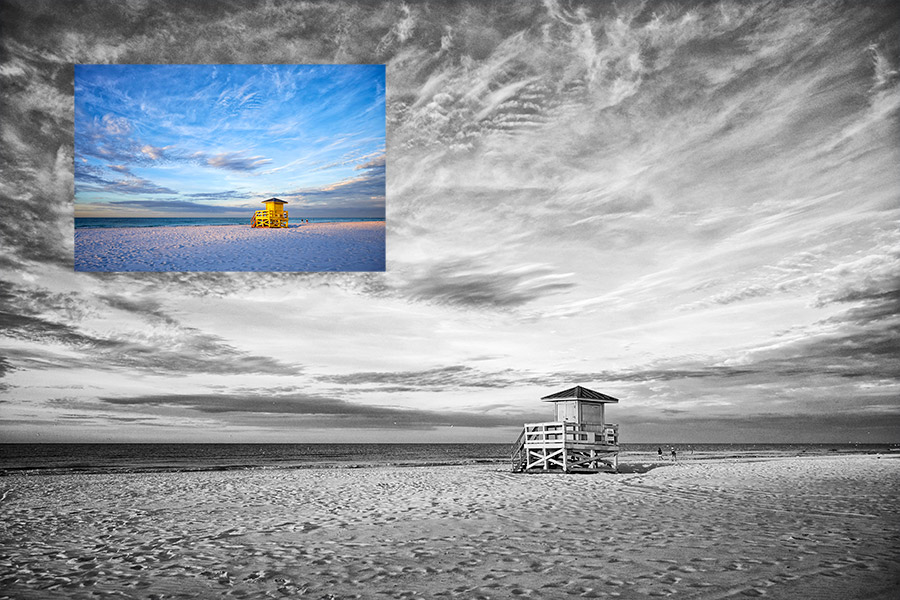
This image is an example of using one or more of the criteria mentioned in this post to determine if your image is a good candidate for a black and white presentation
No one image has to all the aforementioned elements and these elements can be combined like the image below which contains many elements from above. The more you experiment the better you will become at selecting strong candidates for black and white.

